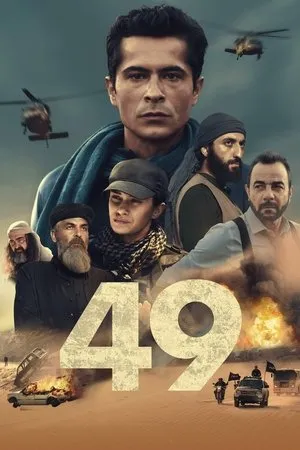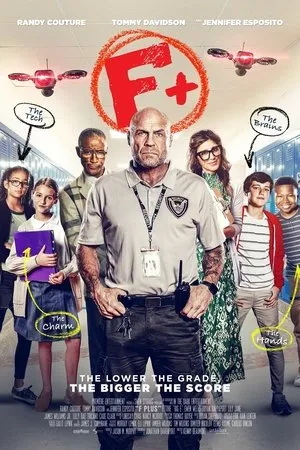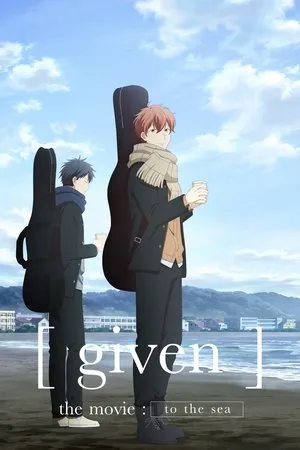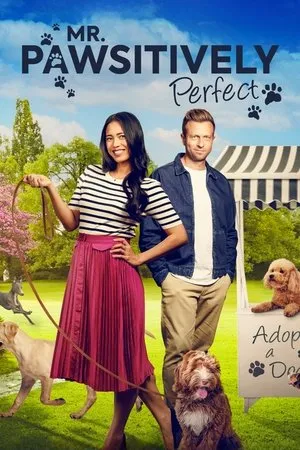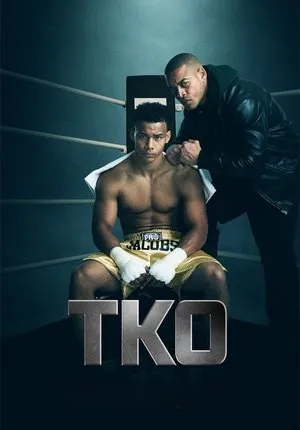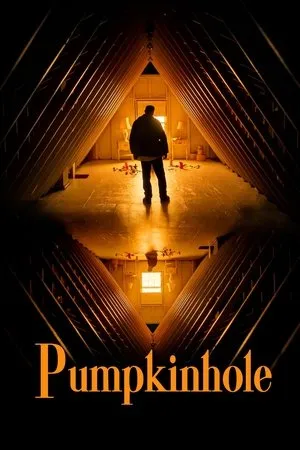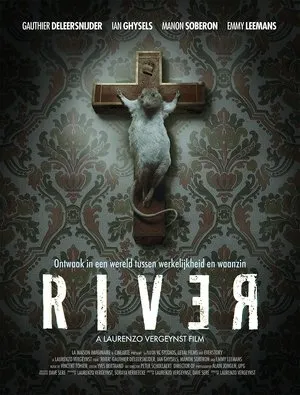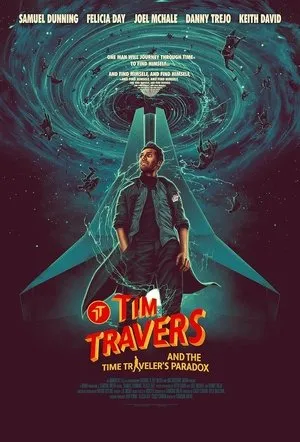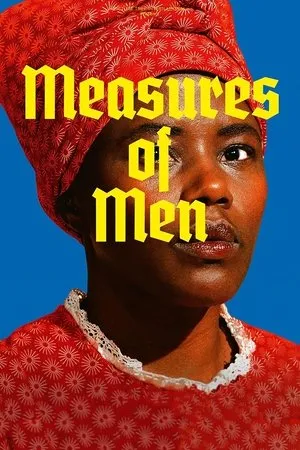In the realm of cinematic storytelling, certain narratives possess the power to transport us to different eras, allowing us to witness the human experience through a unique lens. “Run the Wild Fields,” released in 2000, is one such film, offering a poignant exploration of life on the home front during World War II. This original drama delves into the complexities of patriotism, prejudice, and personal conviction, painting a vivid picture of a small town grappling with the moral dilemmas of war. At the heart of the story is ten-year-old Pug and her lonely mother, Ruby, whose lives are forever changed by the arrival of Tom, a gentle and pacifist drifter. In a time of widespread fear and uncertainty, Tom’s presence brings solace and companionship to the isolated pair, filling a void that had long been present in their lives. However, Tom’s status as a conscientious objector quickly makes him a target of the town’s patriotic wrath, stirring up bitter feelings and challenging the community’s unwavering support for the war effort. The film masterfully captures the atmosphere of the World War II era, immersing viewers in a world of rationing, propaganda, and unwavering national pride. Through carefully crafted set designs, costumes, and dialogue, “Run the Wild Fields” transports us back in time, allowing us to experience the anxieties and sacrifices of those who lived through this tumultuous period. But beyond its historical setting, the film also explores timeless themes that resonate with audiences today. It raises questions about the nature of patriotism, the importance of individual conscience, and the dangers of blind conformity. By examining the perspectives of both those who support the war and those who oppose it, “Run the Wild Fields” encourages viewers to think critically about the complexities of conflict and the human cost of war. One of the film’s greatest strengths lies in its portrayal of its characters. Pug, the young protagonist, is a curious and compassionate child who sees the world with fresh eyes. Her relationship with Tom is particularly touching, as he becomes a father figure to her, offering guidance and support in a time of uncertainty. Ruby, Pug’s mother, is a strong and resilient woman who has endured her fair share of hardship. She finds solace in Tom’s presence, and their connection provides a glimmer of hope in a world darkened by war. Tom, the conscientious objector, is perhaps the most complex character in the film. He is a man of deep conviction, committed to his pacifist beliefs even in the face of intense social pressure. His unwavering commitment to his principles challenges the town’s perception of patriotism, forcing them to confront their own biases and prejudices. As the story unfolds, the tension between Tom and the townspeople escalates, leading to a series of confrontations that test the limits of their tolerance. The film explores the ways in which fear and ignorance can fuel prejudice, and it highlights the importance of empathy and understanding in bridging divides. “Run the Wild Fields” is not just a war drama; it is also a story about the power of human connection. The relationships between Pug, Ruby, and Tom demonstrate the importance of compassion, understanding, and acceptance in a world often defined by conflict and division. Through their shared experiences, they find strength in one another, creating a makeshift family that defies the norms of their time. The film’s ending is both bittersweet and hopeful. While the challenges faced by the characters are not easily resolved, they emerge from the experience with a newfound appreciation for the importance of standing up for one’s beliefs and embracing those who are different. “Run the Wild Fields” is a film that stays with you long after the credits roll. Its powerful message about the importance of peace, understanding, and individual conviction resonates deeply, reminding us of the enduring relevance of these values in today’s world. It is a testament to the power of cinema to shed light on the human condition and to inspire us to be better versions of ourselves. The film’s gentle approach to a difficult subject matter makes it accessible to a wide audience, while its thought-provoking themes ensure that it will spark meaningful conversations about war, peace, and the importance of standing up for what you believe in. In conclusion, “Run the Wild Fields” is a must-see film for anyone interested in exploring the complexities of the World War II era and the enduring power of the human spirit. Its compelling characters, evocative setting, and thought-provoking themes make it a cinematic experience that is both entertaining and enlightening. It is a reminder that even in the darkest of times, hope, compassion, and understanding can prevail. Welovecinema.top highly recommends this movie.
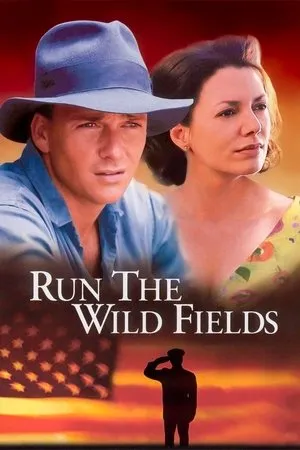
Run the Wild Fields (2000)
"Run the Wild Fields" is a poignant drama set during World War II, where a pacifist drifter named Tom arrives in a small town and profoundly impacts the lives of young Pug and her mother, Ruby. Tom's gentle nature brings an end to their loneliness, but his conscientious objector status ignites the patriotic fervor of their neighbors, leading to conflict and stirring up deep-seated emotions. The film explores themes of acceptance, prejudice, and the courage to stand against societal norms in a time of war. It highlights the personal struggles and moral dilemmas faced on the home front.
